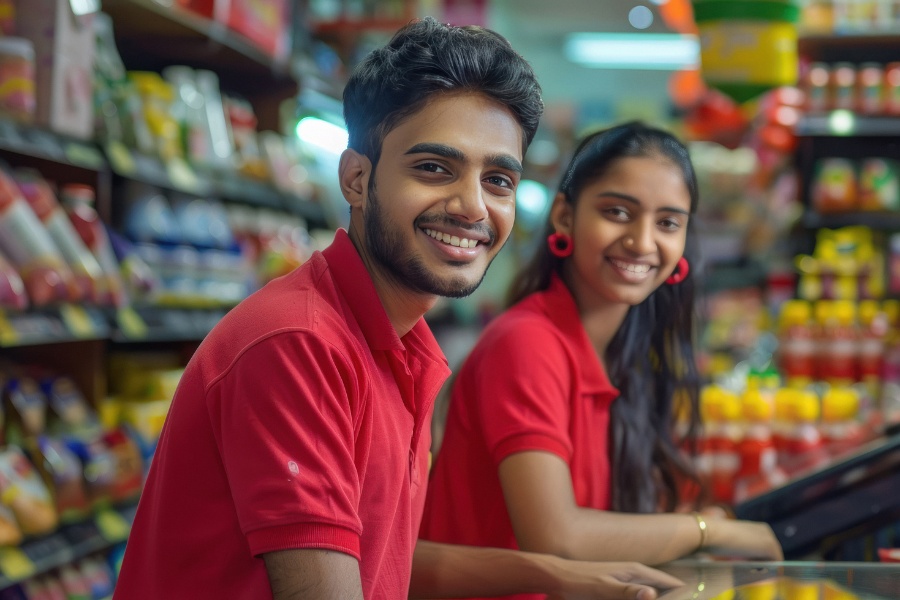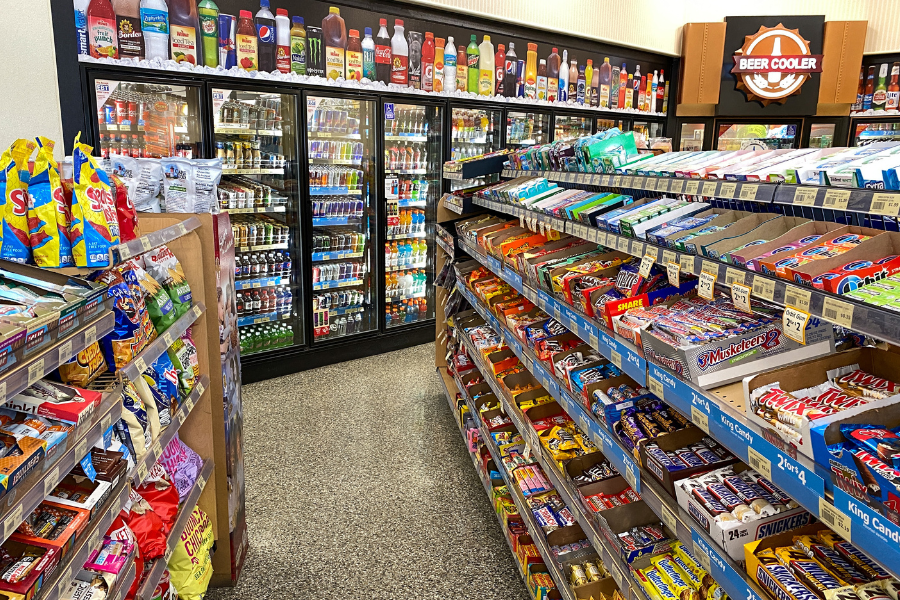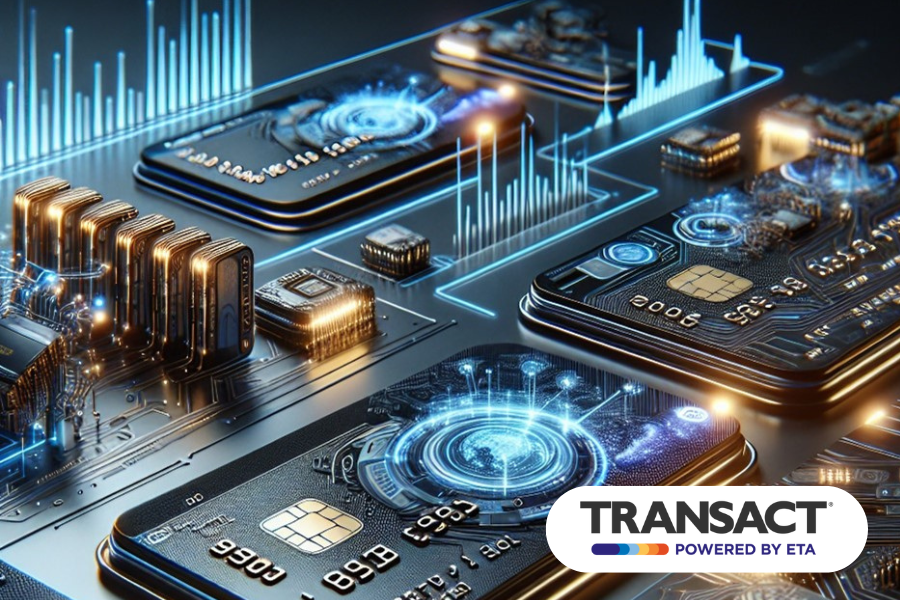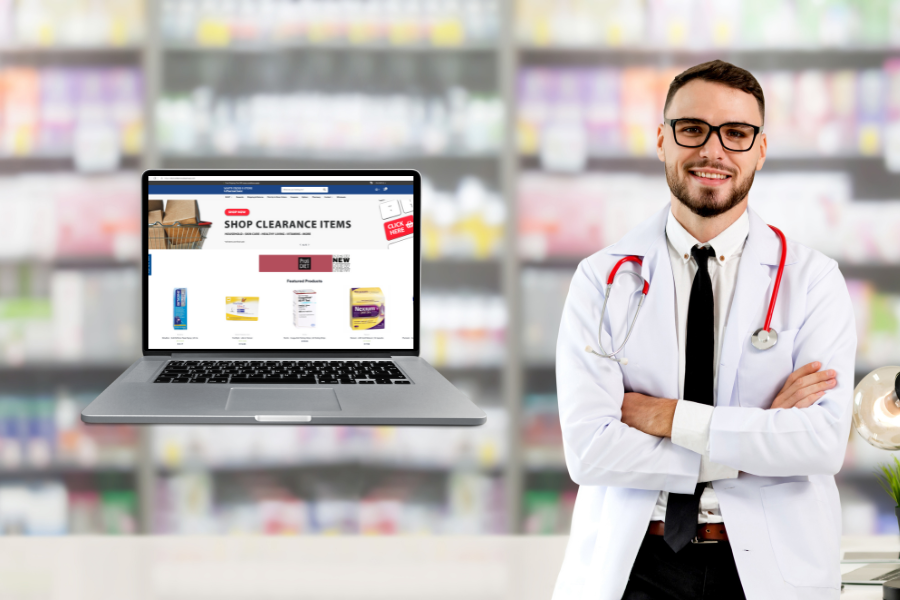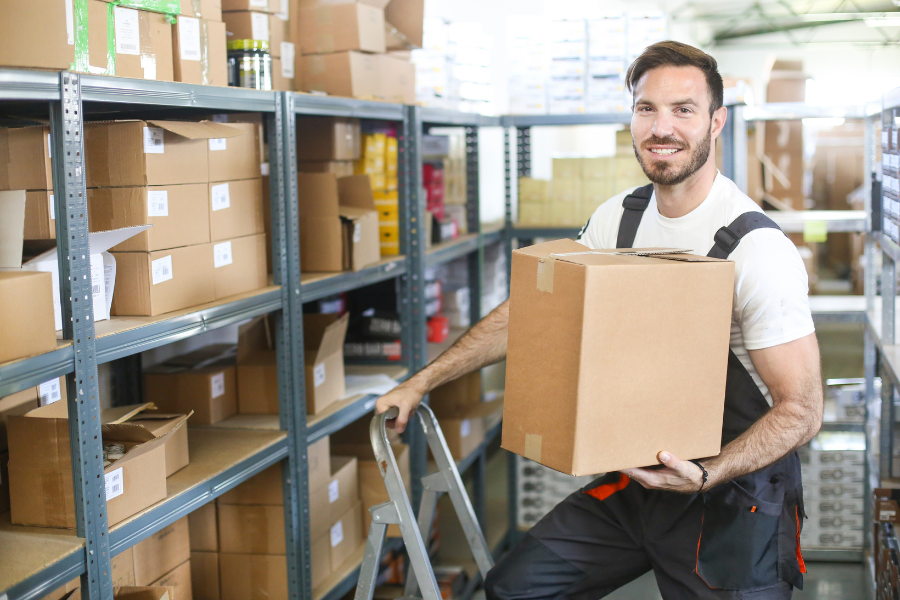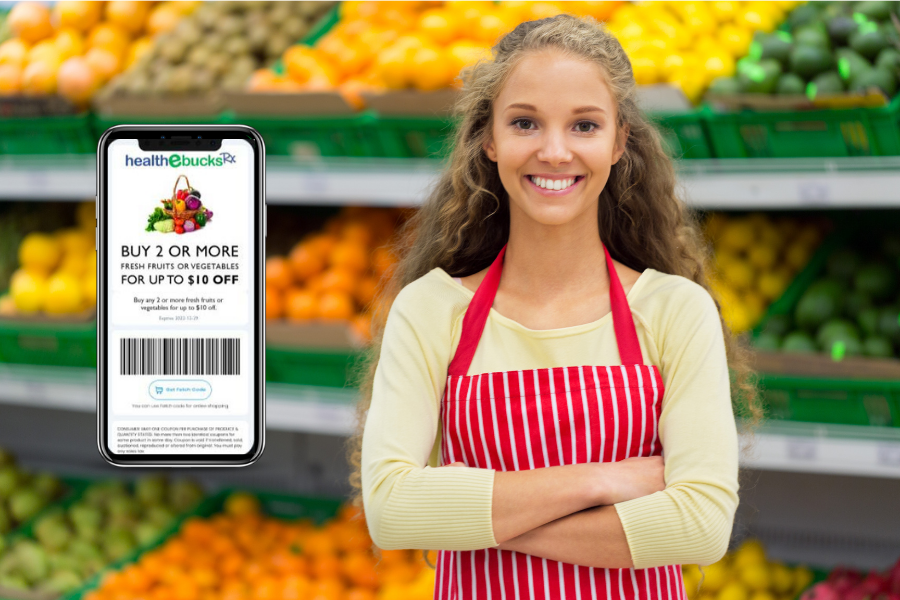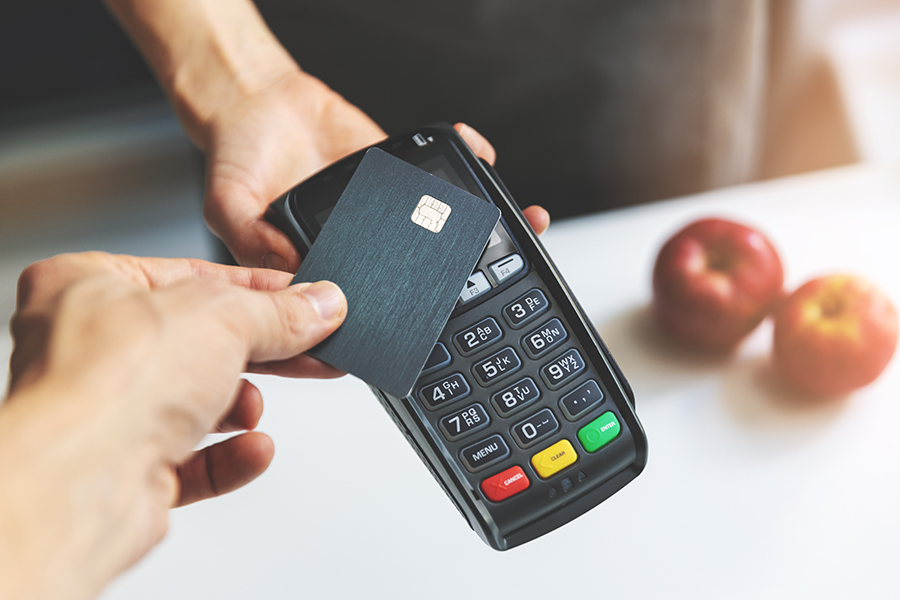2020 rattled the grocery market. With a worldwide pandemic changing how consumers lead their daily lives, many grocers have been asking what’s next. Everything about the consumer experience has changed in the last several months, from how consumers expect one-on-one interactions to go to how they shop for their essentials. We’ve taken a comprehensive look at how consumer behavior and consumer trends have changed and how they will impact grocers in 2021.
Focus on Care, Empathy, and Safety
With the Covid-19 pandemic drastically altering consumers’ day-to-day lives, consumers eagerly turned to brands that exuded empathy through their brand messaging and attentiveness to customer safety. While consumers had been shifting their focus to companies whose brands aligned with their interests to make a difference before the pandemic, consumers’ needs to connect with a brand became stronger as they held up in their homes over the past year.
Due to the extremes, customers faced financially and mentally with social distancing orders, brands that were able to express concern for their customer and employee welfare saw higher customer loyalty. This loyalty caused shoppers to frequent the same business more often and buy more from them.
When consumers look at a grocery store’s brand, there are six key elements they base their loyalty on:
- Empathy and compassion
- Integrity
- Resolution
- Ability to set and meet customer expectations
- Reducing the Time and Effort
- And, Personalized experiences
A great example of grocer’s success this past year goes to eastern supermarket chain Hannaford. They saw great success in 2020, scoring high in all the above categories as they integrated new technology and emphasized their focus on customers and employees’ safety over profits.
These fundamental elements that focus on customer experience and loyalty will continue to be backed up by a grocery store’s ability to provide a clean and safe environment. Even as foot traffic has picked up at grocery stores again, many consumers say safety is still a top concern. Ipsos polled 2,000 consumers in June and found 62% would stop shopping at a retailer not taking health and safety seriously.
Reliance on Convenience
With so many things out of reach to consumers during the pandemic, many valued the luxuries they could still obtain, like convenience. The ability to get consumers their groceries with ease without coming into contact was vital to grocers’ success in 2020.
While life may start to return to normal with vaccine rollouts in 2021, many consumers are not likely to let go of their favorite new technologies and the convenience they added to their lives. Many have found that with the technological shift grocers had to make in 2020, grocery shopping could be done with ease and convenience never experienced before. Here are the most common technologies consumers will continue to use long after in-person shopping is back to normal.
Online Ordering
Online Ordering was one of the first technologies grocery stores used to allow customers to shop for their products safely from home. In fact, consumer demands for the service skyrocketed 600% from the start of the pandemic to the end of Q3.
Big brand names like Walmart and Target had an ideal structure already in place for shoppers who wanted to avoid in-store shopping. These grocery giants had well established and robust e-commerce platforms that allowed them to immediately start providing customers with contactless shopping options, with additional options to choose how consumers wished to receive their orders.
While many consumers, especially Millennials and Gen Z, eagerly embraced grocery shopping technological advancements, there were still those who desired to pick up certain items in person, like produce and personal hygiene products. According to a 2020 U.S. Online & In-Store Grocery Shopping Study by the Retail Feedback Group, 50% of in-store shoppers also ordered groceries online during the height of the pandemic.
Providing online shopping to customers has become a staple for grocers all over the world. This has allowed grocers of all sizes to offer new convenience for customers with the added benefit of adding revenue to grow for themselves. It’s crucial to find an online ordering system that pairs well with your POS and to find a company with experience, ensuring your integration and new technology runs flawlessly with your business.
Delivery
With the popularity of online ordering, the demand for grocery delivery services also rose. With stay-at-home mandates in place, many found grocery delivery to be a safe service they came to rely on. With the ease of getting all your grocery needs from your couch and having them arrive at your door, it’s no wonder grocery delivery services achieved a 28,000% increase in just over three months during the start of the pandemic.
Many grocers chose to partner with 3rd party vendors like Instacart to meet consumers’ needs. But with the heightened demand for delivery, even big names like Amazon, Walmart, Kroger, Target, and FreshDirect had to get creative to keep up with consumers’ needs. Many opened up more delivery windows, offered express delivery, and expanded their online selection of grocery items. Some got creative opening dark stores that operated as fulfillment centers that only catered to online ordering and delivery.
Those who chose to run delivery services in-house had to overcome many obstacles to provide top-notch delivery services. Many turned to their POS providers desperate for a service that would let them improve their operations, enhance customer service, and outshine their competition.
Curbside Pickup
Curbside pickup has also grown in popularity, seeing a massive growth in a short amount of time. Many consumers turned to curbside pick up, enjoying the fact that it offered the same convenience as ordering online without the additional fees produced by delivery.
Big names like Walmart and Target, which already had established curbside pickup systems, enjoyed instant ROI from their investments during the pandemic. Target saw great success with their online ordering and curbside pick up services and chose to expand the service availability to 1,500 stores after seeing curbside pickup sales grow 734% in Q2 alone.
Many shoppers have started utilizing curbside pick-up with its location top of mind, hunting for the nearest store with service readily available. Curbside pick up has allowed grocery shoppers to turn their weekly chore into drive-thru experience essential. It’s contactless and quick convenience, making it ideal for the safety conscious and those on the go. Grocers have also grown to prefer curbside pick up over grocery delivery as it provides them with a more significant opportunity for interaction with the customer, allowing them to establish a relationship with the consumer and ensure grocery handling meets company standards.
More Interest in Grocery Technology
The pandemic advanced grocery technology almost overnight. Customers of all ages have been more willing than before to download apps, try out services like curbside pickup, and seek ways to avoid interactions with cashiers or other customers. Some of the technologies breaking into grocery stores around the world are:
Smart Shopping Carts
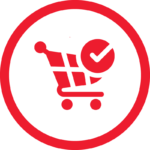
Smart shopping carts are the latest and most high tech solutions for grocers on the market. These shopping cars allow customers to scan a QR code with their phone and log in to their grocery shopping account. After this, all consumers have to do is go about their shopping spree and, when done, simply walk out of the store with no need to wait in line. The cart registers all their items and charges the total directly to their account for payment. This technology requires advanced cameras around the store and carts to be equipped with sensors and cameras that automatically identify products as they’re placed inside.
GPS Software in Apps
![]()
Many large grocery stores provide customers with apps. These apps are often used to supplement online ordering and provide coupons directly to consumers. However, some grocers have started incorporating GPS software into their apps, allowing shoppers to search for an item to see if it is in stock and then choose “find my item.” The app then directs them to where items are located in the store. These apps provide shoppers with step-by-step directions to the item’s location, cutting down on time spent wandering through the aisles and limiting interaction with store employees.
Cashierless Stores
![]()
Cashierless stores have become popular in high-end grocery chains like Amazon Go, Amazon Fresh grocery stores, and hundreds of Whole Foods locations. They have shaken up how consumers shop, pay for and receive their groceries. Many large names like Wegmans and Walmart have been piloting these kinds of stores recently due to their growing popularity. Wegmans piloted a self-checkout app at three stores before the pandemic but rolled it out to 80 of its 103 stores in the spring of 2020, as more and more consumers desired contactless shopping. While Walmart doesn’t plan on opening full self-service stores, they have created the new Walmart+ membership program. This allows consumers to skip the line at stores by accessing a smartphone app to scan and pay for items as they shop.
Differences in Purchasing Habits
In addition to a reliance on new conveniences and technologies, grocers can expect to see a shift in how consumers choose to shop and what they are purchasing this coming year. For instance, as customers have become wearier over the spread of germs, many have turned to cashless transactions. Many grocers are seeing that consumers are shopping cheaper, less often, or cutting certain products and services out of their budgets completely!
In the last year, grocers have seen an increase in consumers buying items they require at home, like coffee. As working from home has become the new norm, those who relied on grabbing a cup of joe on their way into the office are stuck brewing their coffee at home. In the U.S., Starbucks’ at-home products, Nescafé and Coffee-Mate, grew at double-digit rates in the first half of the year. Other products that grew in popularity were hair dye, vitamins, cleaning supplies, and toilet paper. All of these items have grown in popularity as consumers spend more time at home caring for themselves and the space they spend all their time in.
The continued monitoring of consumers’ purchase patterns will keep grocers on their toes in the coming year. That is why it’s crucial to have a POS system that tracks inventory and creates thorough reports, keeping your managers on top of the latest trends.
While life may start to return to normal, many consumers who have grown accustomed to their routines may choose not to return to their regular habits. It’s essential to have a well-rounded system in place to ensure you’re meeting consumers’ demands this year. Step one is equipping yourself with a POS system that is created for grocery stores. With a well-rounded plan in place and the best technology on the market, you can keep ahead of consumer trends and keep your store at peak performance.
If you’re ready to invest in a grocery store POS that fits all of your needs, contact us today!


